
Haryana 2016
A commemorative postage stamp on the Golden Jubilee of Haryana, a state in northern part of India :
 Issued by India
Issued by India
Issued on Nov 1, 2016
Issued for : The Department of Posts is pleased to release a Commemorative Postage Stamp on this historical occasion of celebration of the “50th Anniversary of Haryana”.
Credits :
Stamp / FDC / Cancellation Cachet : Smt. Alka Sharma
Type : Stamp, Mint Condition
Colour : Multi Colour
Denomination : 500 Paise
Stamps Printed : 510220
Printing Process : Wet Offset
Printer : Security Printing Press, Hyderabad
About :
- While Haryana was carved as a separate political entity of the Indian Union on November 1, 1966, the State has been the crowning jewel of the ‘Land of Gods’ since times immemorial. The golden history of the State is established from an inscription from Vikram Samvat 1384. The inscription reads as ‘Deshosti Haryanakhya Prithvyam Swargsannibha’, meaning ‘There is a State named Haryana, which is akin to heaven on Earth’. Haryana has had a glorious history since the Vedic Period. It was the home of ‘Bharatvansh’ after which the country was named as ‘Bharat’. Haryana means ‘Hari ka Aana’. It is said that Lord Krishna came to this region during Dwapara Yuga, and therefore, it came to be known as ‘Haryana’. This divine land represents the entire Indian culture. This is where the Vedas and Upanishads were scripted on the banks of Saraswati river and Lord Krishna delivered the celestial message of the Shreemad Bhagavad Gita. Haryana was also a part of the Indus Valley Civilisation, with centres such as Banawali and Rakhigarhi. Rakhigarhi, a village in district Hisar, which was a highly-developed centre of the above mentioned Civilisation, is considered to be more than 5,000 years old.
- In the medieval times after the departure of the Huns, Raja Harshvardhan made Thanesar near Kurukshetra his capital during the seventh century. Prithviraj Chauhan got forts constructed at Taraori and Hansi in the 12th century. This land was the site of several significant battles which changed the face of Indian history. In 1526, Babur, the ruler of Kabul, laid the foundation of the Mughal Rule in India by defeating the ruler of Delhi, Sultan Ibrahim Lodhi, in the First Battle of Panipat. In 1556, Akbar defeated Hemchandra Vikramaditya, who was popularly known as ‘Hemu’, in the Second Battle of Panipat. Afghan raider Ahmad Shah Abdali defeated the Marathas in the Third Battle in 1761.
- Haryana has played a significant role in shaping the history of India between the arrival of Muslim rulers and the emergence of Delhi as the royal capital. Following this, Haryana supported Delhi and remained in the background till the first struggle for freedom in 1857. When the British Empire was re-established after suppression of the revolt, the kingdoms of Nawabs of Jhajjar and Bahadurgarh, and those of the king of Ballabhgarh and Rao Tula Ram of Rewari were taken away from them. These kingdoms were either merged with the British territories or handed over to the administrators of Patiala, Nabha and Jind. People of the region played a leading role in the Revolt of 1857 and the consequent Freedom Struggle by participating in large numbers. The rulers of kingdoms and farmers fought many battles against the British, who faced defeat in many of these battles. Most of these battles were fought in Sonepat, Rohtak, Sirsa and Hisar area, and the present-day Haryana came into existence with the reorganisation of Punjab on November 1, 1966.
- Today, Haryana is not only one of the fast developing States of the Indian Union, but is also a trendsetter and a place of ultimate choice for entrepreneurs all over the world. Every tenth soldier in the Armed Forces is from Haryana. The State is the second largest contributor of foodgrains to the Central Pool. It has many other outstanding achievements to its credit. The State had created landmarks in various fields to record its presence within and outside the country.
- Haryana has earned the tag of ‘Champion State’ in the field of sports by participating and winning medals in international events such as Asian Games, Commonwealth Games and the Olympics. The emergence and development of Gurugram, which adjoins the National Capital New Delhi, as a global destination, has made Haryana a truly ‘Happening State’, as well as the engine of growth and opportunities for the people.
- Now Haryana is completing 50 years of its glorious journey on November 1, 2016. It has been decided to hold year-long Swarna Jayanti celebrations up to October 31, 2017 in a magnificent manner. The State Government is working with the credo of ‘Sabka Saath – Sabka Vikas’ and ‘Haryana Ek – Haryanvi Ek’ in sync with the vision ‘Antyodaya’ as laid down by Pandit Deen Dayal Upadhyaya. The Government has taken up the responsibility of ensuring development of the entire state of Haryana. The State Government has launched several welfare schemes and programmes in the last two years, including ‘Pradhan Mantri Fasal Bima Yojana’ for farmers. The construction work on the Kundli–Palwal–Manesar Expressway project has been resumed. The other significant initiatives include procurement of moong dal by the government agencies on Minimum Support Price, and water being released in Hasanpur Minor and Danchauli Minor in Southern Haryana, the allocation of small mining units and blocks being carried out through e-auction to bring about transparency.
- Text : Based on the material received from proponent.



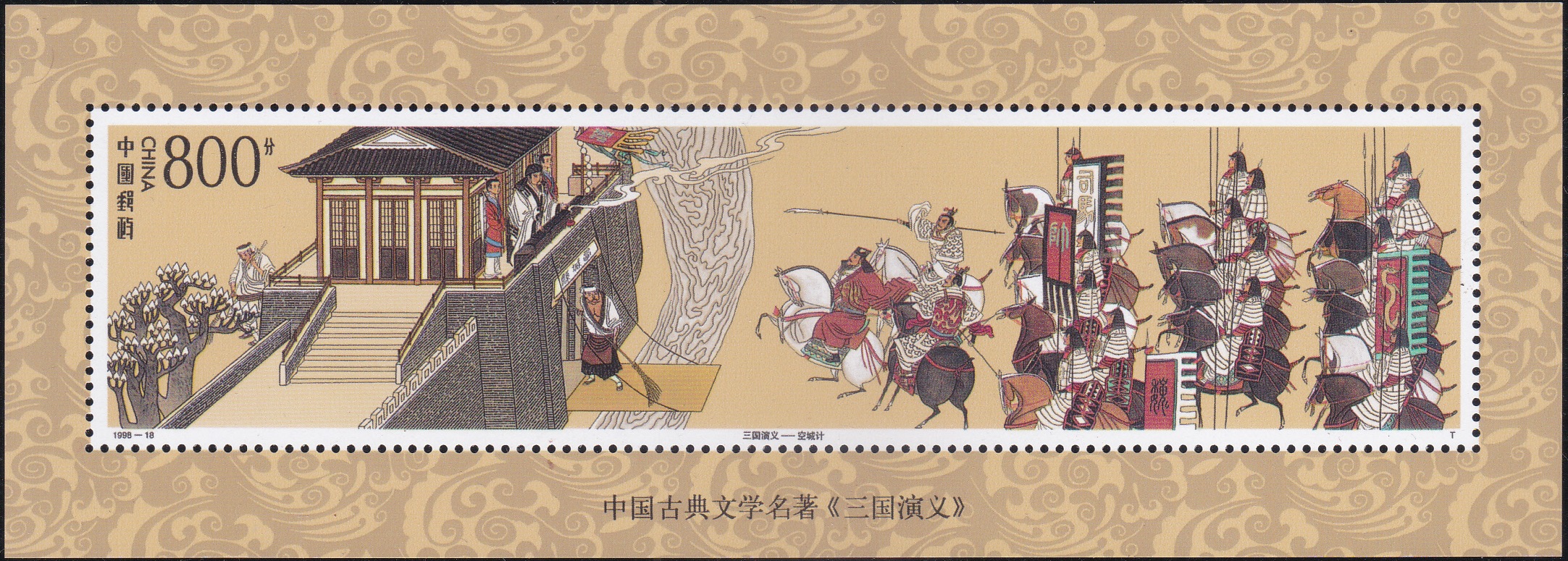
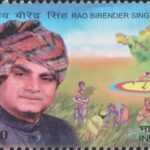
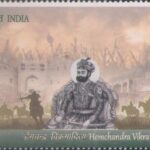
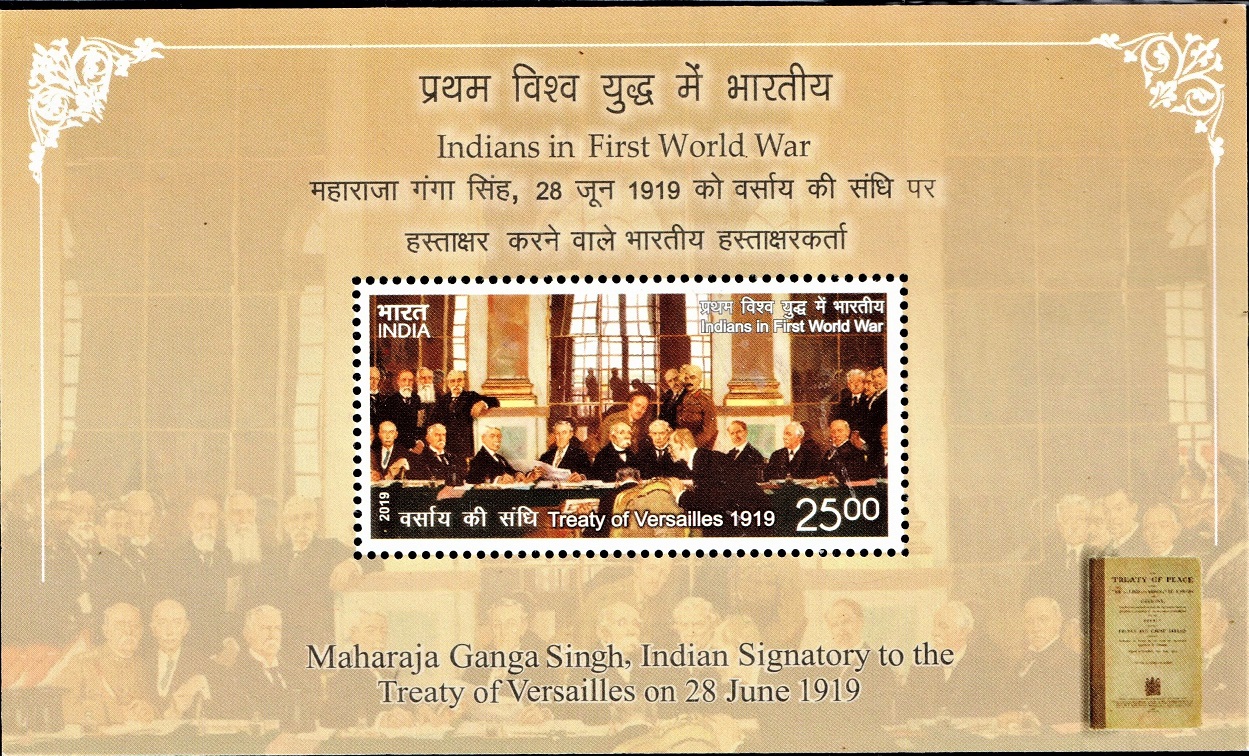
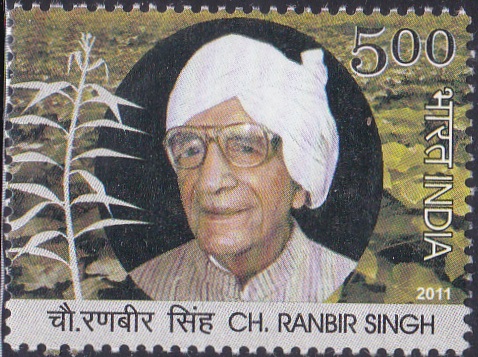
[…] Asaf Ali was born in 1909 at Kalka in Haryana, in a Bengali family of distinguished Brahmo-samaj lineage. She married Asaf Ali, a prominent […]
[…] Tula Ram (1825-1863) of Rewari (presently in Haryana) was one of the important leaders of the First War of Independence of 1857, the great armed […]
[…] Ranbir Singh was born on 26th November 1914 in the village of Sanghi in Rohtak district of Haryana. His father Ch. Matu Ram was a freedom fighter, nationalist and a pioneer of the Arya Samaj […]
[…] Chief Minister of Haryana and Cabinet Minister in Government of India, Late Rao Birender Singh, a descendant of […]
[…] of Himalayas. Guru Tegh Bahadur Ji made extensive travels in Shivalik Hills, South Punjab, Haryana, Bihar, Bengal, Uttar Pradesh and Assam. Guru Ji was executed in November 1675 in Delhi by the […]
[…] Haryanvi Turban is called as Khindka in Haryanvi language and is a part of traditional dress in Haryana. Khindka is a cloth of any colour tied in specific style. This is mostly seen in Haryanvi cultural […]
[…] names in different regions such as it is called Panipuri in Maharashtra; paani ke batashe in Haryana; fulki in Madhya Pradesh; golgappa in Uttar Pradesh and Delhi; Phuchka in West Bengal and Bihar; […]
[…] paintings ad seriatim are by (a) Manoj, Class IV, Karnataka; (b) Divya Yadav, Class IV, Haryana; (c) Nikhil Chanadran, Class X, Kerala; (d) Pragyan Dey, Class VI, West Bengal; (e) Sooraj […]
[…] on 27 May, 1912, at Dabwali Mandi, now in Sirsa district of Haryana, Dr. Indra Chandra Shastri came to Bikaner for education where he studied Sanskrit and Prakrit. […]
[…] family shifted to Qutabpur, a village of Dhusar Brahmins, in Rewari (Haryana) for better prospects. Hemu was brought-up and educated there. He studied Hindi, Sanskrit, Persian […]
[…] devotees) was born on June 15, 1926 in a Brahmin household in Sikhopur, a small foothill village in Haryana, India. The village was later named Sushilgarh in his honor. As a seven-year-old child, he left his […]